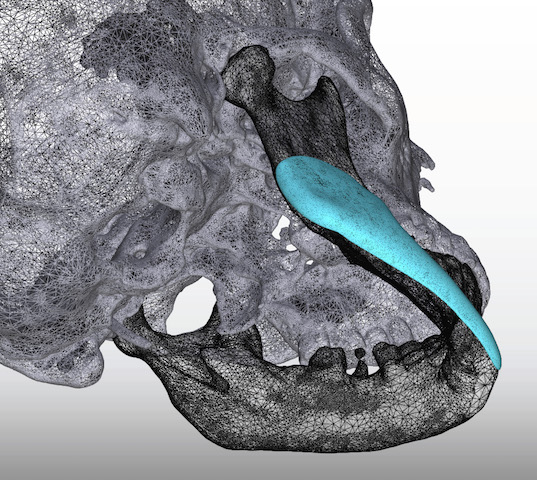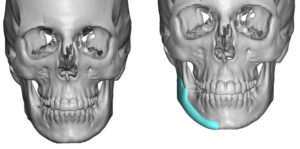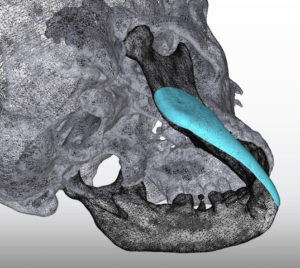Background: Facial asymmetry is common and not surprising given the complex embryologic development of the face. It occurs in a tremendously diverse range of presentations of which the vast majority causes more aesthetic concerns than functional issues. While it is commonly said that every face has some degree of asymmetry and this is normal that does not mean that those so affected feel that it is irrelevant or adds to their facial attractiveness.
One of the most common forms of facial asymmetry affects that of the lower third of the face and is a direct result of some degree of growth differences between the two sides of the lower jaw. I choose to define aesthetic facial asymmetry as when differences between the two sides of the lower face is not associated with a malocclusion or any lower jaw movement restrictions. Such lower facial asymmetries are almost always caused any bony differences although there is some degree of overlying soft tissue differences as well.
Lower facial asymmetries can be categories into two types based on whether a chin asymmetry is present. When chin asymmetry exists there is bilateral jawline asymmetries as well. When the chin is midline the bony asymmetry only exists on one side.
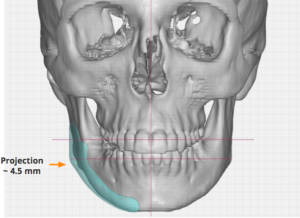
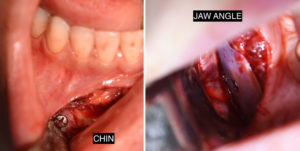
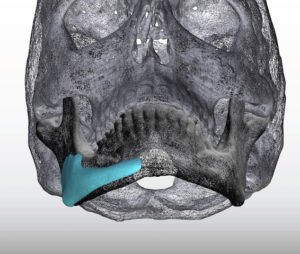
Case Highlights:
1) Aesthetic jaw asymmetry can occur in isolation but is more commonly seen as a component of a larger facial asymmetry.
2) Jaw asymmetry is typically an issue of underdevelopment or deficiency on one side, with or without chin asymmetry.
3) A 3D CT scan is the best method to define the extent of the jaw asymmetry and design a custom implant to augment it.
Dr. Barry Eppley
Indianapolis, Indiana

